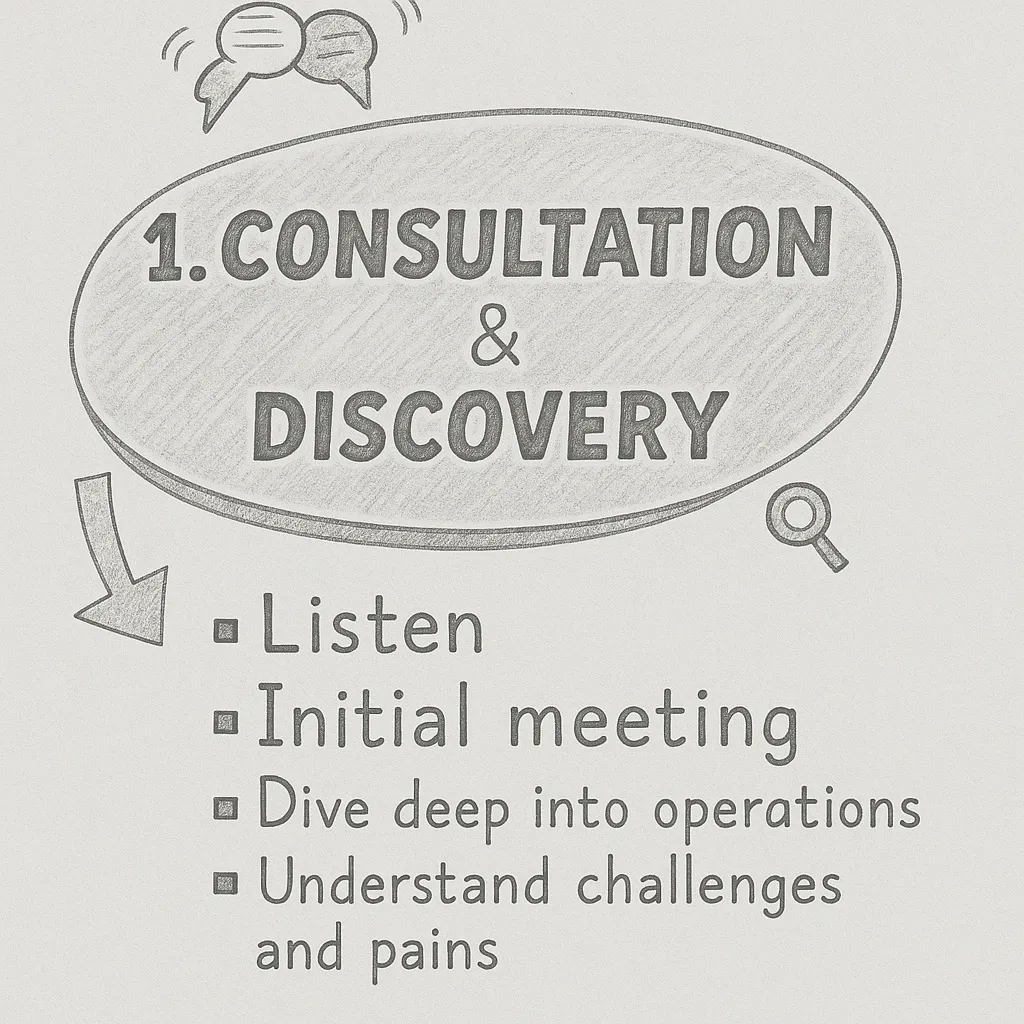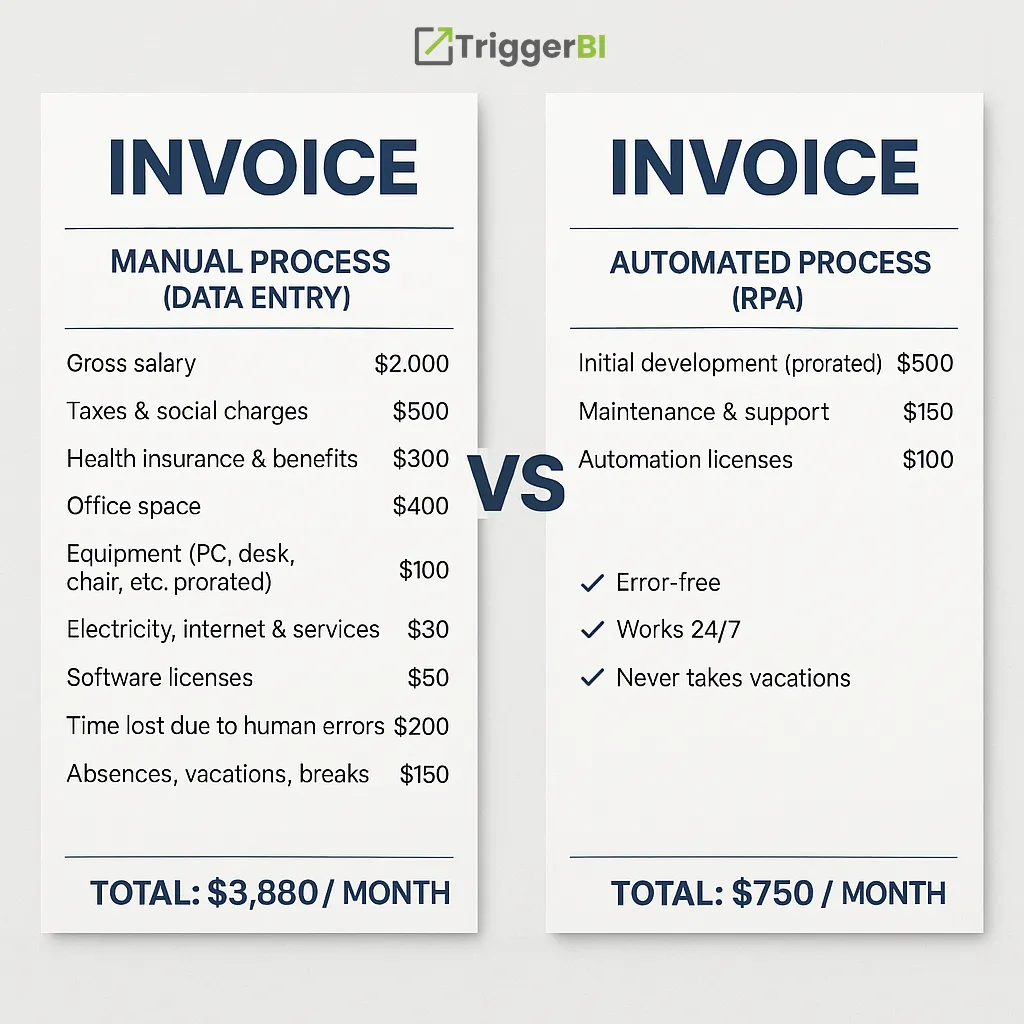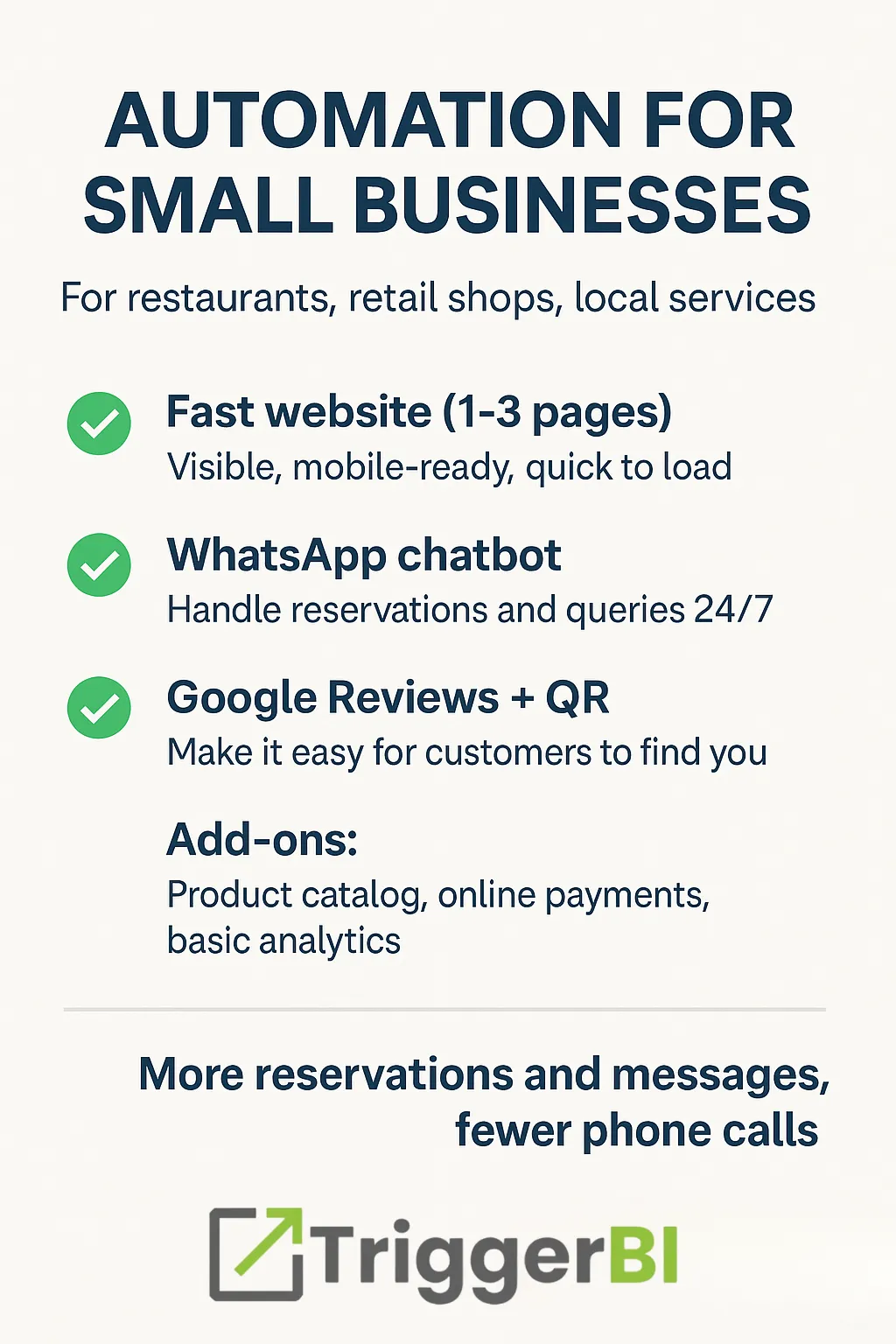How to Cut 70% of Your Operational Costs with RPA

In today's competitive landscape, businesses are constantly seeking ways to optimize their operations and reduce costs. One of the most powerful tools to emerge in recent years is Robotic Process Automation (RPA). This technology allows you to automate repetitive, rule-based tasks that were previously performed by human employees. The results can be staggering.
What is RPA and How Does It Work?
RPA uses software 'bots' to mimic human actions and interact with digital systems. These bots can perform tasks like data entry, file transfers, report generation, and much more, 24/7, without fatigue or error. Think of it as a digital workforce that handles the mundane, freeing your human team to focus on strategic initiatives, customer service, and innovation. Explore our Process Automation services to learn more.
"RPA is not about replacing humans; it's about augmenting their capabilities and enabling them to do more meaningful work."
The Real-World Impact: A Case Study
Consider our work with a major healthcare provider detailed in our Sancor Salud case study. They were processing thousands of insurance claims manually, a process that required an 8-person team and was prone to costly errors. By implementing an RPA solution, we were able to automate the entire workflow. The results:
- Cost Reduction: Operational costs were reduced by over $1.2 million annually.
- Accuracy: Processing accuracy improved to 99.9%, eliminating costly rework.
- Efficiency: A task that took hours was now completed in minutes, accelerating the entire claims cycle.
- Scalability: The system now handles over 12,000 documents per month without any additional resources.
This is just one example. We've seen similar results across logistics, finance, and BPO sectors, with clients achieving an average cost reduction of 45% and efficiency gains of up to 80%.


